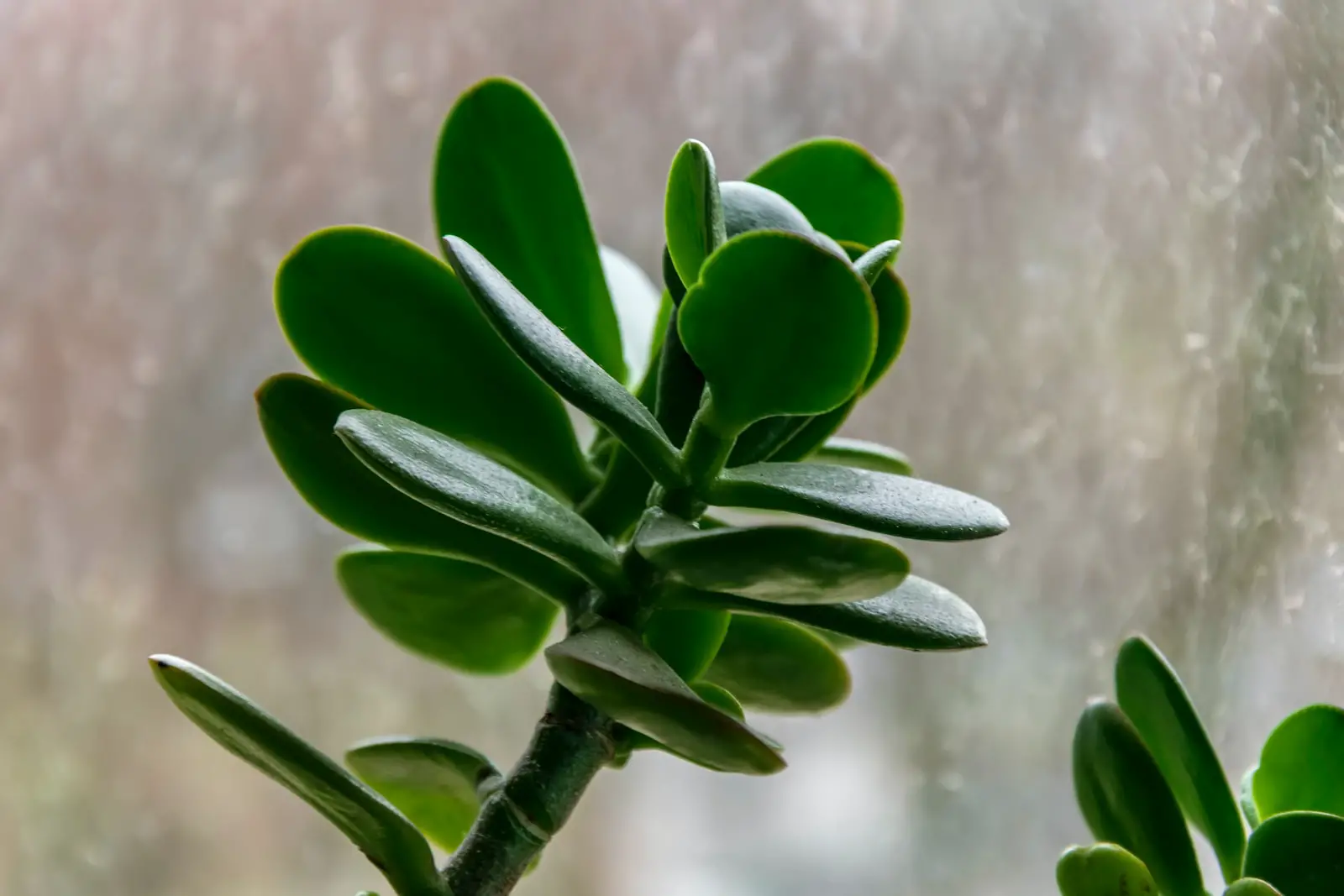Crassula, a diverse and mesmerizing genus of succulents, is known for its interesting shapes and forms. With more than 200 species, Crassula plants range from ground covers to shrubs. Perhaps the most famous member of this genus is the Jade Plant, Crassula ovata, often kept as an indoor houseplant.
These fleshy, drought-resistant plants are native to the Eastern Cape of South Africa, and they are a popular choice among gardeners and houseplant enthusiasts alike. Crassulas offer a wide array of appearances, from the tight, symmetrical leaf stacking of Crassula perforata to the winding, tree-like form of the Jade Plant.
Whether kept indoors or out, Crassula plants provide unique aesthetic appeal with minimal care requirements. They are often considered a great choice for beginner gardeners, given their resilience and the sheer variety of plants available within this genus.
| Attribute | Details |
|---|---|
| Common Names | Jade Plant, Money Tree |
| Botanical Name | Crassula |
| Family | Crassulaceae |
| Plant Type | Succulent |
| Mature Size | 6 inches to 6 feet |
| Sun Exposure | Full Sun to Partial Shade |
| Soil Type | Well-Drained, Sandy Soil |
| Hardiness Zones | 9-12 |
| Native Area | Eastern Cape, South Africa |
Crassula Care
Crassula plants are renowned for their ease of care, thriving in a variety of conditions. These hardy plants are often favored by beginners for their forgiving nature.
Watering should be done sparingly, allowing the soil to dry between waterings to prevent root rot. Providing well-draining soil and a sunny spot will help ensure a healthy and happy Crassula.
Light Requirement for Crassula
Crassula plants flourish in bright light. A position in full sun to partial shade is ideal. While indoor Crassulas benefit from bright, indirect sunlight, they can also tolerate lower light levels.
Soil Requirements for Crassula
Well-drained, sandy soil is perfect for Crassula. A mixture of potting soil with sand or a specially formulated succulent mix works well. Good drainage is essential to avoid waterlogged conditions that can lead to root rot.
Water Requirements for Crassula
Watering should be done sparingly for Crassula, especially in winter. Allow the soil to dry between waterings, and reduce watering frequency during the winter months. Overwatering can cause root rot and other problems.
Temperature and Humidity
Crassula plants prefer average room temperatures ranging from 60 to 75°F. They are not frost-tolerant and should be brought inside if temperatures drop below freezing. Humidity is generally not an issue, but avoid overly humid conditions.
Fertilizer
Feed Crassula plants with a diluted balanced liquid fertilizer once every four weeks during the growing season (spring and summer). Fertilizing is not necessary during the dormant winter months.
Pruning Crassula
Pruning can be performed to shape the Crassula or to remove any dead or damaged leaves. It can be done at any time but is typically best during the growing season. Use clean, sharp scissors to prevent disease transmission.
Propagating Crassula
Crassula can be easily propagated from leaves or stem cuttings. Simply place the leaf or stem in well-draining soil, and it will soon take root. Keeping the soil lightly moist and providing bright, indirect light encourages growth.
How To Grow Crassula From Seed
Growing Crassula from seed is less common but still achievable. Sow seeds in well-draining soil and keep them moist. Provide a warm environment and bright, indirect light for best germination.
Common Pests & Plant Diseases
Mealybugs
Mealybugs can be removed with a cotton swab dipped in alcohol.
Root Rot
Overwatering can lead to root rot. Ensure proper watering practices and well-draining soil.
Common Problems With Crassula
Dropping Leaves
Dropping leaves may be a sign of overwatering or too low light. Adjust care accordingly.
Leggy Growth
Leggy growth indicates insufficient light. Move the plant to a brighter location.
Pro Tips
- Avoid overwatering, as Crassula plants are prone to root rot.
- Provide bright light for vibrant, compact growth.
- Use well-draining soil to ensure healthy root development.
- Watch for signs of pests and deal with them promptly.
- Choose the right Crassula species for your space and desired look.




